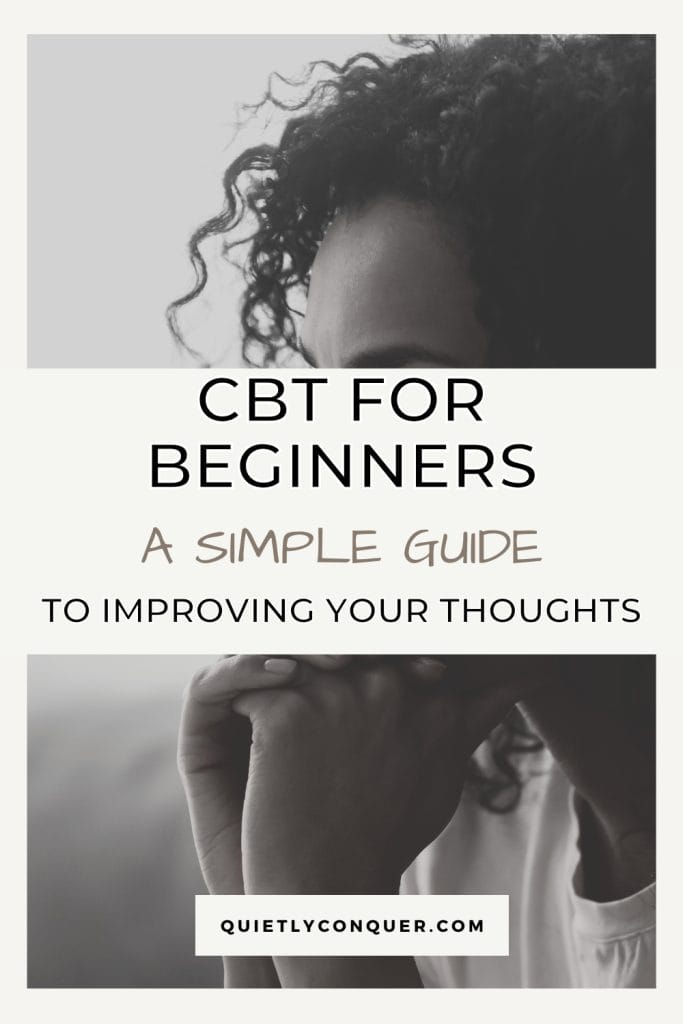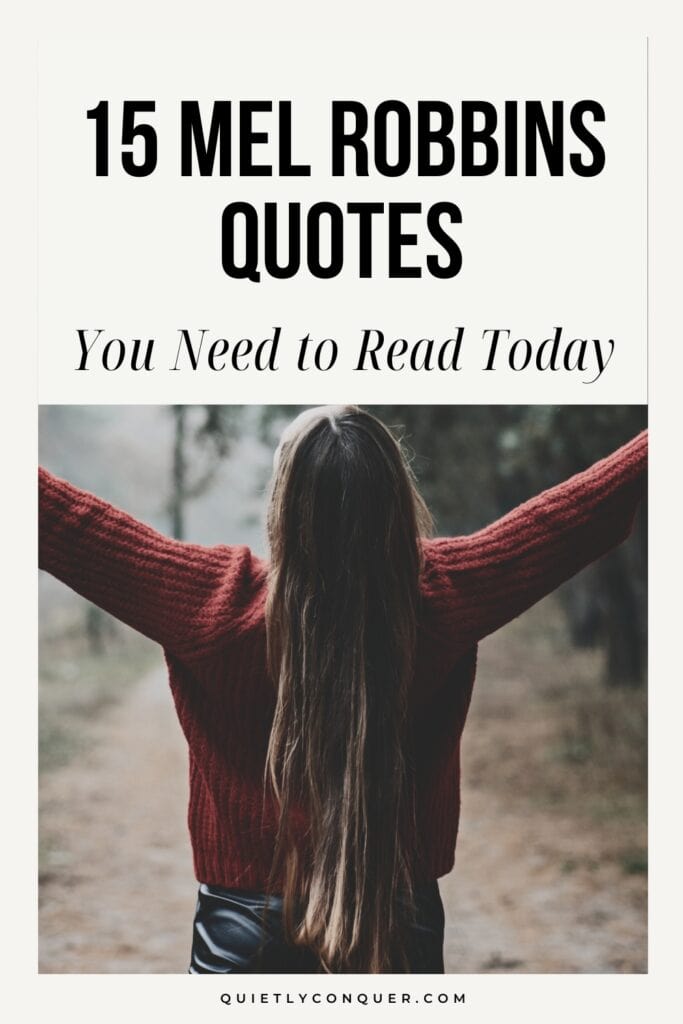How to Use The Life Balance Wheel for Personal Growth
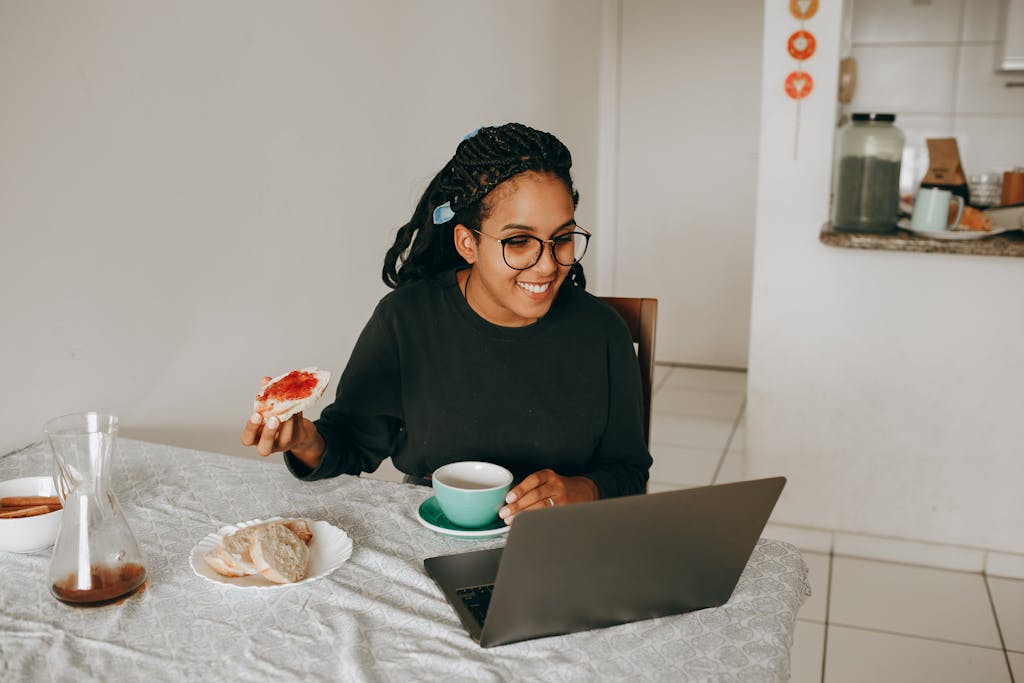
The Life Balance Wheel
In today’s fast-paced and chaotic world, it can feel like life is pulling you in a thousand different directions. Between juggling responsibilities, and constantly trying to catch up on work and personal commitments, it can leave you feeling disconnected, unfulfilled, and exhausted.
The Life Balance Wheel (also known as the Wheel of Life) is a tool that helps improve your self-awareness through identifying where you are right now in life, and what matters the most to you. The life balance wheel supports deeper self-awareness, encourages personal growth, and gently guides you toward a more balanced, meaningful life.
In this post we look at how to use the life balance wheel, as well as some prompts to help you begin your journey towards self-awareness and long-lasting change.
Take a look at the Life Balance Wheel Workbook!
*Affiliate Disclosure: Some links in this post may contain affiliate links. If you purchase something via the link, I may receive a small commission. This doesn't affect the price you pay.
If you have any questions, reach out for a chat [email protected] or check out my other blogs
Table of Contents
What Is the Life Balance Wheel?
The Life Balance Wheel (Wheel of Life), is a visual self-assessment tool that's divided into key areas of life. These may vary depending on the areas you are focusing on, and can include:
- Health and Wellbeing
- Personal Growth and Development
- Relationships and Connections
- Career and Education
- Finances and Money Goals
- Rest and Relaxation
- Creativity and Hobbies
- Home and Environment
Each area on the Life Balance Wheel represents an essential aspect of your overall well-being. When you rate your current level of satisfaction in each segment, (typically from 1 to 10), you create a visual snapshot of how balanced your life feels right now.
This activity isn't about judging yourself for what you are or you're not doing – it's about compassionate reflection to understand what's currently working or not working right now. The goal of the activity is to create awareness and to then use this awareness to identify where you'd like to make sustainable changes.
Why Self-Awareness Matters for Growth
Self-awareness is the foundation of all meaningful change. So often, people want to feel better, do better, or make changes in their lives, often jumping straight into making some changes, but not always following through or feeling confident enough to actually do or stick to doing the thing. This is because without self-awareness, it’s hard to know where to begin.
It's easy to get caught up in the day-to-day grind, focusing on the daily chores and tasks, leading to disconnection from what you actually need, how you’re really feeling, or what’s truly working (or not) right now.
Self-awareness allows you to notice what’s going on beneath the surface. It’s not about overthinking or picking yourself apart — it’s about getting curious: “What’s draining me right now?” “What’s lighting me up?” “What am I avoiding?” “What do I actually want?”
When you take the time to reflect and understand your values, beliefs, wants and dreams, you can make more intentional choices. You can notice the patterns that are holding you back in life, for example not taking the time to fill your cup with things that bring you joy.
The awareness helps you notice the things that you need to grow and thrive rather than burn out and quit a few weeks later. When you're aware of your thoughts, feelings, habits, and needs, you're in a stronger position to make choices that align with your values and true goals.
Growth doesn’t always come from doing more. Sometimes it comes from understanding yourself better, and creating space for what you truly need.
The Life Balance Wheel brings this awareness to life in a simple, visual way. You can clearly see what areas feel strong and supported, and where you're craving more time, energy, or attention.
The Importance of Looking at the Whole Picture
It can be tempting to focus all your energy on one area, like business, health, or family – especially when something feels urgent or demands more of your time and energy than others. But humans need balance across these different areas in order to function at their best.
For example:
- You might have a great career but feel isolated or creatively blocked. This can then also impact your mental health and well-being.
- You might be completely zoned in and focused on being a parent, and keeping on top of the endless chores and responsibilities that come with it, but neglecting your own rest and self care. This can lead to emotional and physical fatigue, and impact your health and mental well-being and relationships.
- You might be financially secure but disconnected from others or from experiencing joy and having fun. When you're always busy and stop making time to enjoy and experience life, it can be difficult to feel connected with others, which can impact your sense of fulfillment and happiness.
Remember, balance doesn't mean that every area is perfect all of the time. It just means that you're giving some of your energy and attention to each part of yourself and your life so that you can create a more balanced life.
Supporting Intentional Living
Intentional living is about aligning your daily life with your deeper values. This is where you can begin to feel that sense of fulfillment. The Life Balance Wheel offers you the chance to pause and reflect on what your current life looks and feels like. This awareness then helps you to realign with your inner self and identify the things that need a little more attention.
Creates Space for Reflection
Being able to see your life in a birdseye view encourages you to look at things more objectively. With this insight, you're more likely to notice patterns or blind spots that may have been overlooked.
Identifies Gaps
When you can identify the areas that feel off-balance, you can set clear intentions to create change. Approaching goals this way prevents overwhelm, helping you to intentionally focus on what really matters.
Supports Consistency
When used regularly (weekly, monthly or quarterly), the Life Balance Wheel can be your point of reference to monitor your growth, as well as to celebrate progress. The reflective questions that accompany the Life Balance Wheel encourages you to think carefully about the changes you have been making, and to recognise when things may need to be adapted or realigned.
A Tool for Coaches, Therapists, and Personal Use
Whether you're supporting clients in a professional setting or using it for your own growth, the Life Balance Wheel is a great tool to use. How you use it will depend on the reason for its use and the version you're using. But generally the guidelines are the same – focus on each area and rate them out of 5 / 10 / 12 (depending on how many areas are included).
For Coaches & Therapists:
The Life Balance Wheel is a great tool for helping your clients identify areas for goal-setting. it is also useful for facilitating deeper conversations about their current life, improving their self awareness and identifying their priorities.
You could give clients a copy of the activity as part of your onboarding process. This will provide you with an understanding of where they feel they are in life right now, and help you both with setting goals for your work together.
Encourage the client to complete the reflective activities that come with the wheel to help them think on a deeper level. This will help you to understand their level of self-awareness, and provide you with more of an understanding of their current situation and thought processes.
If you're using it within a session, talk through the activity and ensure that they understand why self-awareness is important, and how this will help you both in terms of setting effective goals.
Use the session to talk through their ratings, to understand why they have chosen the scores they have. This can be a great way to help clients (especially new clients), become more comfortable with opening up.
It can also be helpful to look at core values and beliefs, to help the client understand why there may be some disconnect within their life at the moment.
Once the areas have been rated and you have discussed each of them together, gently move your client towards goal setting. These don't have to be formal (e.g. SMART) goals, but setting an intention and creating an understanding of the change they want to make is essential.
Use this activity as the starting point, revisiting each month to encourage ongoing reflection and to celebrate any wins.
You can also give this to the client as homework following your first session to allow them to spend more time to consider things, and use the following session to review and create your plan together.
For Personal Use:
Because the Life Balance Wheel is so user-friendly, it can be part of your own personal growth journey. You can use it to guide your own reflections each week or month, or as part of your journaling practice. With detailed instruction, the guided prompts and reflective exercises, as well as gentle planning and goal setting pages, this Life Balance Wheel may be a great option for you:
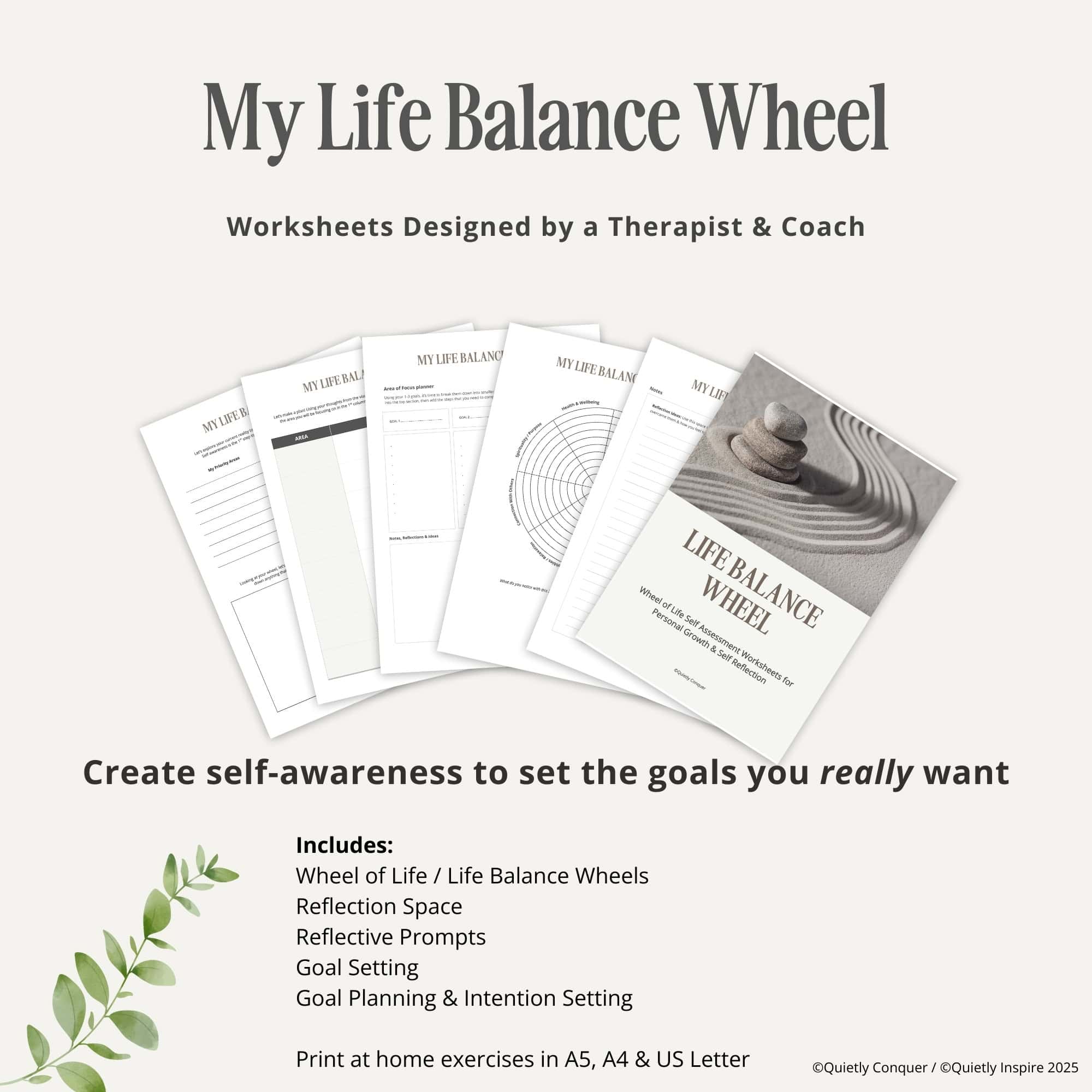
My Life Balance Wheel
Create Self-Awareness to set the goals that you really want.
This workbook includes printable worksheets to rate your current life, reflect and set intentional goals.
The Life Balance Wheel works beautifully alongside other therapeutic or reflective exercises, especially for those who feel overwhelmed by traditional goal-setting, or who find it difficult to be more intentional in their approach to change.
From Awareness to Action
Once you’ve completed your life balance wheel, take a few moments to reflect. Take a look below for some helpful prompts, but remember to adapt to what you need, and to only take what you need to avoid feeling overwhelmed.
Reflective Prompts:
- What surprised you and why?
- Which areas feel strong right now? Where is there room for improvement?
- What small, supportive steps could bring more balance?
To avoid feeling overwhelmed and to stop yourself from trying to make too many changes in one go, begin with one area and choose a gentle, doable action. You can use these smaller steps as your stepping stones, to get yourself used to the new habits or approach.
Once you're feeling more confident, you can then begin to introduce more, or increase the intensity. Allow yourself to be guided through reflection. Check in with yourself to review how you are feeling, noticing what's feeling good or uncomfortable. This builds trust and resilience in yourself as well.
For example:
- If rest is low, commit to introducing a calming evening routine.
- If your mental well-being feels challenged, try 15 minutes of journaling each morning.
- If you feel disconnected with others, reach out to a friend.
- If you've been working hard / long hours, block out down time each week in your calendar.
You don't need to go all out right away, think about your own reflections, and braindump the different things you could introduce. Once you have this, prioritise and make them real, tangible goals. Approach this with compassion – life is often unpredictable, so be flexible in your approach to this.
Tools, Resources & Support
I like to include links within my posts to tools and resources that I use and love. Take a look:
My Life Balance Wheel – Use this workbook to improve your self-awareness and create lasting change. It includes printable copies of the Life Balance Wheel, Reflective prompts and goal setting activities. Perfect for both personal use and for wellness professionals.
Therapy and Supervision Notes – I love this pack of therapy, supervision and client notes. Easy to use, detailed record keeping for you, as well as reflection pages for clients to complete between sessions.
Impact Stationery – Have you ever dreamed of creating your own high-end stationery products? Laura has an amazing course & community designed to help you created printed products that you can market on Amazon, or your own website. It's different to KDP in that they're not print on demand, and the quality of products are incredible.
Canva Pro – Upgrade your content design with Canva Pro. Explore the enhanced features available in Pro. Grab your free trial here.
Etsy – Are you ready to create your own online store? Etsy is a brilliant shopping platform that's used by millions. Setting up your store is simple, and when you sign up with this link we both get 40 free listings!
My Thoughts on the Life Balance Wheel
I first came across the Wheel of Life — or Life Balance Wheel — when I was training as a counsellor. I loved how visual and simple it was, offering a clear self-assessment that could be used to reflect on life as a whole. Over the years, I’ve come back to it time and time again, both personally and professionally.
There are so many different types of wheels, and they can easily be adapted to suit various life areas, niches, or goals. For the version I recently created, I chose areas that felt aligned with personal growth and change — the kind of balance that really supports emotional and practical wellbeing.
As a therapist and coach, I’ve used the wheel with many clients. People often appreciate the visual aspect, especially when they revisit it at different stages. It helps highlight the areas that might need a little more care or attention, and it can gently guide you toward feeling more balanced and content overall.
I do think it’s important to reflect not just on your scores, but on what they mean to you. Your needs will shift over time — that’s normal. For example, when I was doing my Masters, my wheel was completely off balance, and that made sense at the time. If you're taking a break or stepping back from work, your professional area might dip — and that’s okay too.
The Life Balance Wheel can be a powerful tool — whether you're using it to support others or as a personal reflection. Commit to checking in regularly, even just monthly or when life feels off. It can help you spot patterns early, stay intentional, and make space for what matters most. And don’t forget to journal around it — the real insight often comes from understanding why things feel out of balance.
I would love to hear from you! Have you used a Life Balance Wheel / Wheel of Life before? Share below ⬇️
Coming Soon in Digital Products for Therapists: PLR templates will be available, aimed at those within the wellness industry. Make sure you sign up to the newsletter so that you don't miss out, but in the meantime I hope you love this template, and please pop me an email with your creations – I would LOVE to see them!
Also Coming Soon: I’m working on a KDP Journal Starter Kit that will give you templates, prompts, and guidance to create and publish your own journal or planner on Amazon.
If this post helped or you enjoyed reading it, please share one of the images below as it really helps my blog – Thank You!
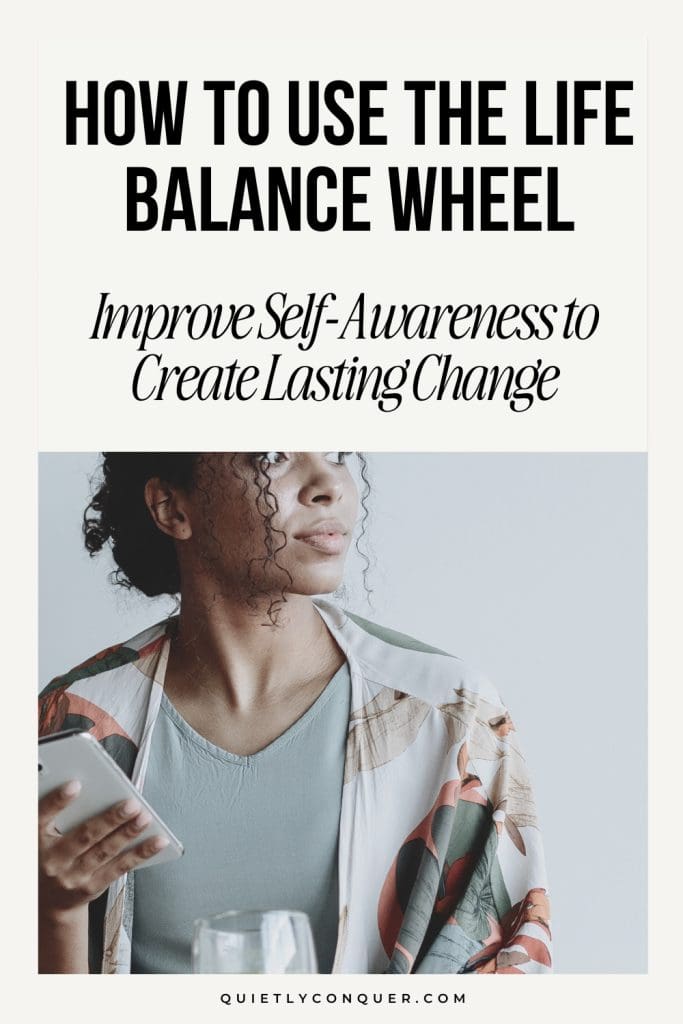
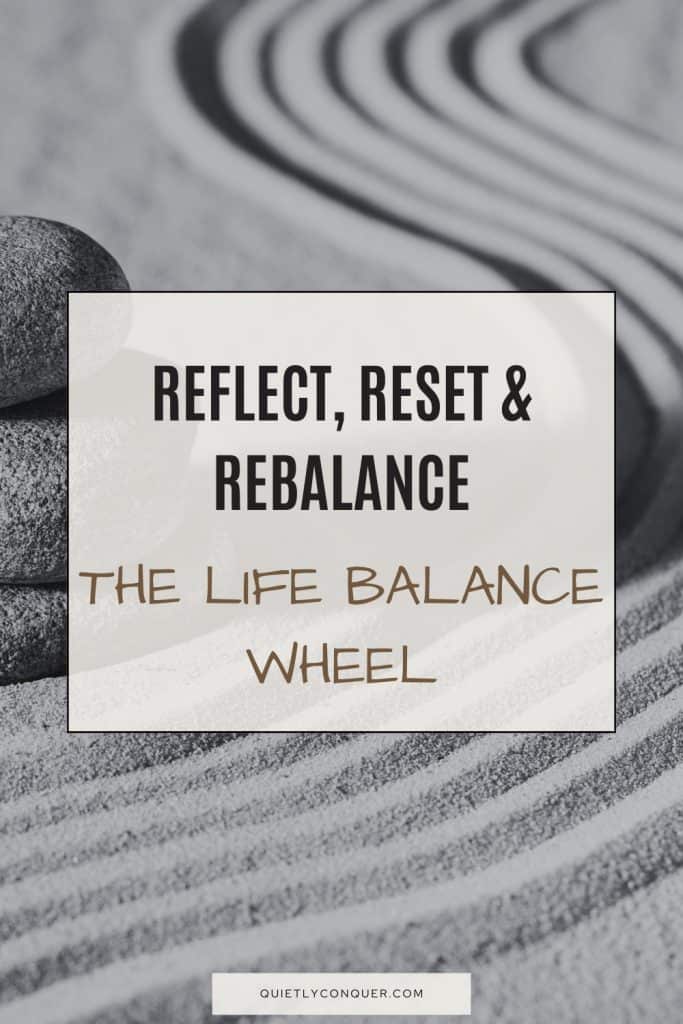
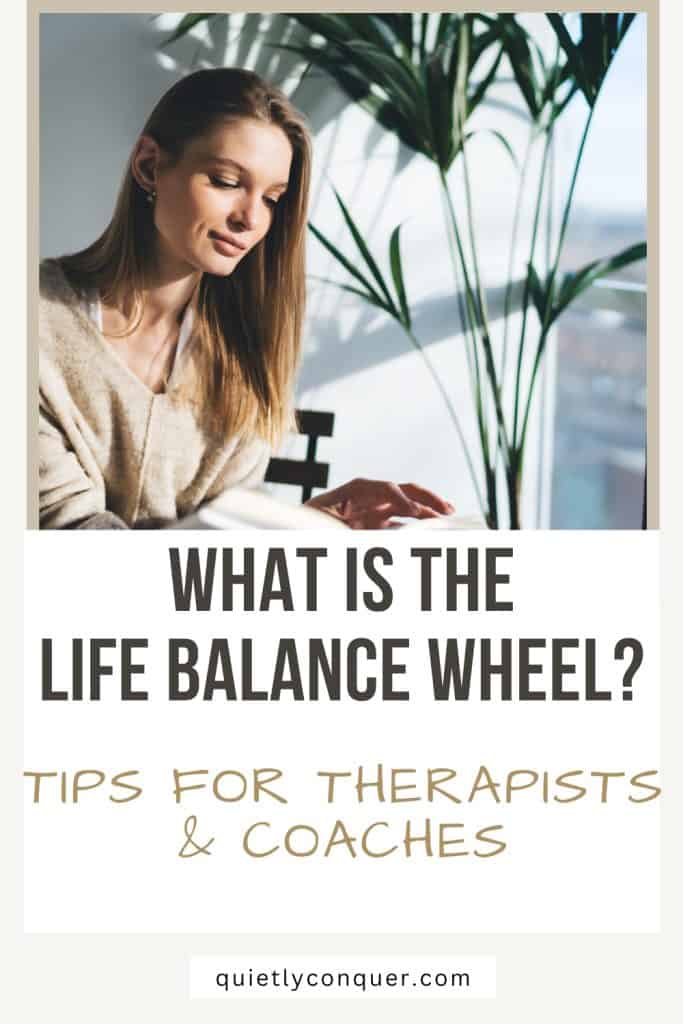
Meet Lynsey
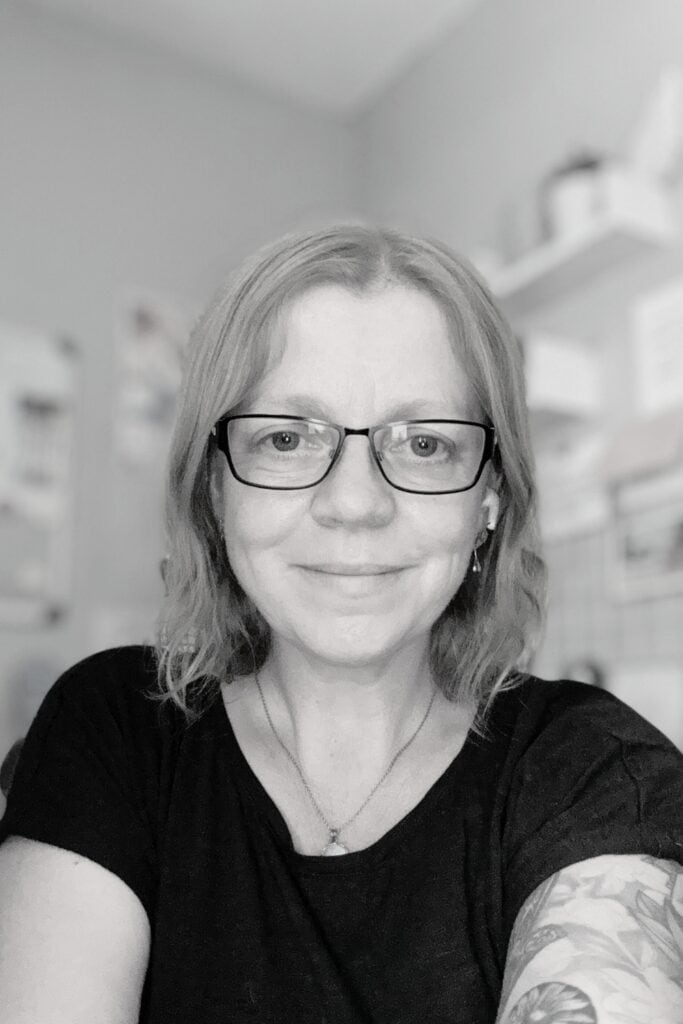
Hey there! I'm Lynsey, a counsellor, coach and mentor for women who want to create change, but are feeling lost, uncertain and exhausted. With over 7 years’ experience of training, running businesses, and over a decade as a tutor and adult trainer, I've learned the value of a gentle and intentional approach to work and life that energises you without draining all of your energy.
I've lived with ME/CFS since 2011, and since then re-trained as a counsellor, and achieved a distinction for my Masters in Counselling and Psychotherapy Practice; all while running 4 businesses!
How? Improving your mindset, finding acceptance in yourself, and developing a gentle, but solution-focused approach to achieving goals is key. Knowing that it's not about how fast you move, but finding your own pace and trusting that you can achieve your goals in your own way, one step at a time.
If you'd like to know more about working with me, you can email [email protected] or find me on socials (links in the menu)
Have you seen my online store Quietly Conquer – Find DFY templates, downloads and more!



